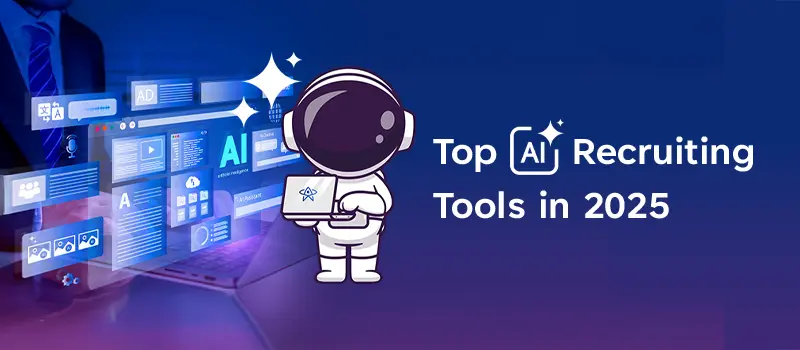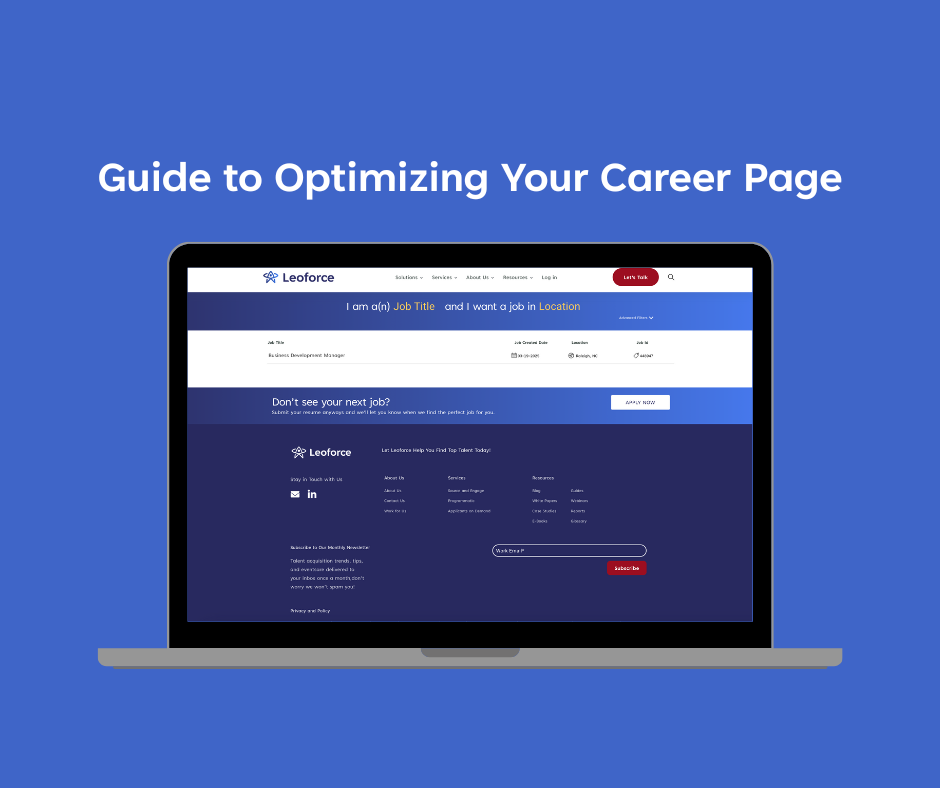Navigating the World of Contingent Workers: Managing Risks and Mitigating Challenges

More than 60% of hiring managers believe their future team will be more remote, and three out of four plan to maintain or increase their engagements with independent talent. With so many companies engaging with contingent workers, should your company do the same? Read on to find out.
What Is a Contingent Worker?
A contingent worker is someone hired by an organization to perform specific tasks. Also called freelancers, independent contractors or 1099 workers, contingent workers are experts in their fields, lending their skills to an organization on a non-permanent basis.
Usually, contingent workers are hired on a project-by-project basis, which implies that they are only called to work when there’s a project. A business owner is not required to offer continuous work to them, except if there’s another project that requires their help.
The contingent worker is in charge of their work schedule, how to carry out tasks and where to carry out given tasks. Therefore, they may choose to work on-site or remotely, and can even choose work days or hours. All they need to do is get their tasks completed at an agreed-upon time.
Generally, organizations do not add contingent workers to their payroll. Also, they do not pay them salaries or provide benefits such as health insurance and retirement plans as they would an employee.
Benefits of Hiring a Contingent Worker
Additional support when needed
Contingent workers help companies in times of need when there is an increase in demand. If you find your team short-staffed for a specific project, a contingent worker can help fill any gaps until the project is completed. Another bonus? Once the work slows down again, you do not have to keep paying an employee who no longer has a full workload (or, worse, lay the person off).
Cost-efficiency
Unlike full-time employees, contingent workers generally do not work with you for extended periods of time and do not receive benefits. You also don’t need to supply them with equipment like you would a full-time employee.
More flexibility
Contingent workers bring their expertise and creativity to your team, which enables your business to scale up operations faster to adapt to changing market conditions more quickly.
Fresh perspective
Contingent workers bring a fresh perspective that can revolutionize your company’s approach to business. This is partly because they work with multiple companies, often in various industries. So, they have a very broad perspective to draw upon. In-house teams can get accustomed to thinking inside the box, whereas an outsider may see things clearer and offer solutions that may increase productivity and efficiency.
Specialized Expertise
A contingent workforce allows you to pull individuals from specific fields. Their wealth of experience in a particular area can help your team’s projects. Relying on someone else’s expertise can also be a more cost-effective route instead of paying to train someone in-house who may only need a certain skill for one project.
Fast and low-cost hiring processes
It’s often quicker and easier to hire a contingent worker than an FTE. Unlike full-time employees who may need a series of interviews, you can visit online platforms to find top independent talent that is already vetted, so you know you’re getting what you need.
Scalability
Contingent workers provide businesses with the ability to scale their workforce rapidly in response to changing business requirements. Whether it’s accommodating seasonal demand or launching a new product, the contingent workforce offers organizations the agility needed to meet their goals effectively.
Reduced Risks
By using contingent workers, businesses can mitigate the risks associated with hiring full-time employees, such as the costs associated with layoffs or underutilized staff. This allows organizations to better manage their financial and operational risks while still accessing the talent they need to achieve their objectives.
Challenges of hiring a contingent worker. And effective strategies on managing them.
Managing a contingent workforce presents its own unique set of challenges that organizations need to address effectively. Here are some key challenges and strategies to navigate them:
Communication and Integration
Challenge: Contingent workers may feel disconnected from the core team, leading to communication gaps and potential challenges in collaboration and knowledge sharing.
Strategy:
- Establish clear communication channels and protocols to ensure effective information flow.
- Provide comprehensive onboarding and orientation to help contingent workers understand the organizational culture, values, and team dynamics.
- Foster a sense of inclusion by encouraging regular interaction, team meetings, and collaboration opportunities.
Performance Management
Challenge: Managing the performance of contingent workers can be challenging due to their temporary nature and lack of long-term commitment.
Strategy:
- Clearly define performance expectations, deliverables, and key performance indicators (KPIs) for each contingent worker.
- Implement regular feedback mechanisms to monitor progress, address any issues promptly, and provide guidance for improvement.
- Align goals and objectives of contingent workers with organizational objectives to ensure they contribute effectively to the desired outcomes.
Compliance Management
Challenge:
Compliance with labor laws, taxation regulations, and contractor classification can be complex and pose legal risks if not managed properly.
Strategy:
- Stay updated on relevant labor laws, regulations, and compliance requirements specific to contingent workers in your jurisdiction.
- Engage legal and HR expertise to ensure proper classification of contingent workers and adherence to applicable laws.
- Leverage technology solutions or specialized vendor management systems to streamline compliance processes and minimize risks.
Knowledge Transfer and Documentation
Challenge: The frequent turnover of contingent workers can lead to challenges in knowledge transfer, preserving institutional knowledge, and ensuring organizational continuity.
Strategy:
- Develop robust documentation processes to capture project-specific information, best practices, and lessons learned.
- Encourage knowledge sharing and collaboration within teams by using digital platforms, project management tools, and knowledge repositories.
- Implement effective handover processes to ensure a smooth transition when a contingent worker’s engagement ends.
Cultural Fit and Team Cohesion
Challenge: Introducing contingent workers into existing teams can impact team dynamics and organizational culture if not managed carefully.
Strategy:
- Assess cultural fit during the selection process by considering values, work styles, and compatibility with the existing team.
- Facilitate team-building activities that involve both permanent and contingent workers to foster a sense of unity and shared purpose.
- Encourage open communication, respect, and inclusivity to build strong relationships and enhance team cohesion.
Vendor Management
Challenge: Organizations that engage contingent workers through staffing agencies or third-party vendors face the challenge of effectively managing vendor relationships and ensuring service quality.
Strategy:
- Establish clear service-level agreements (SLAs) with vendors, outlining expectations, deliverables, and performance metrics.
- Regularly evaluate vendor performance and provide feedback to drive continuous improvement.
- Maintain open lines of communication with vendors to address any issues or concerns promptly.
By proactively addressing these challenges, organizations can optimize their contingent workforce management and leverage the benefits of flexibility, specialized expertise, and cost-effectiveness that contingent workers bring to the table.
Conclusion
Contingent workers offer numerous benefits, including flexibility, specialized expertise, and cost savings, making them an attractive option for organizations. However, challenges such as limited loyalty, knowledge transfer, and compliance risks must be managed effectively. By addressing these challenges through clear communication, performance management strategies, and compliance protocols, organizations can harness the potential of contingent workers successfully. To determine if a contingent workforce is suitable for your organization, conduct a thorough evaluation of your workforce needs, analyze the cost-benefit ratio, and consider cultural fit aspects. Embracing contingent workers can empower your organization to adapt swiftly, innovate, and thrive in today’s rapidly evolving business landscape.
Reference
- https://www.upwork.com/research/future-workforce-report





